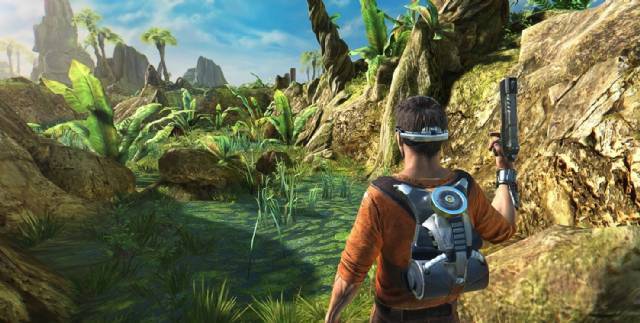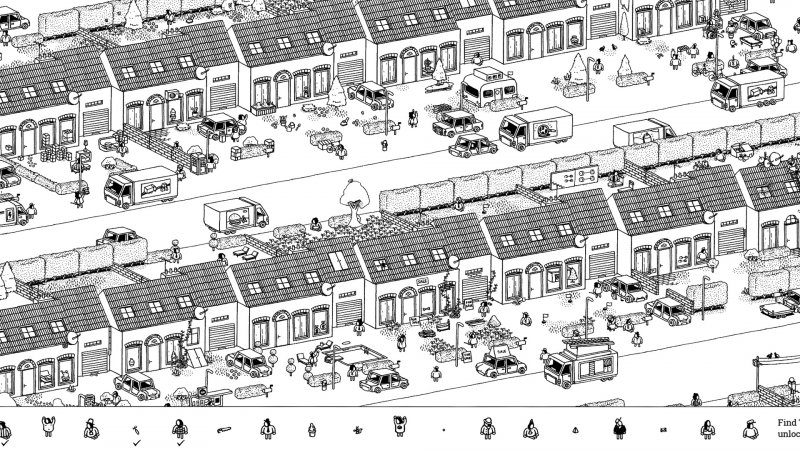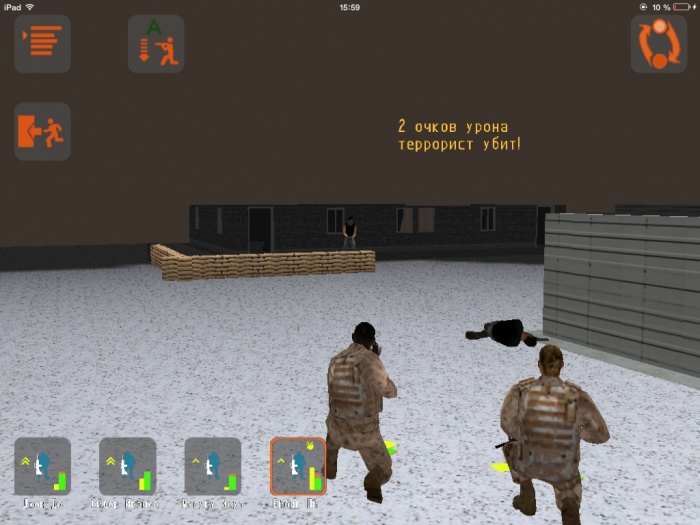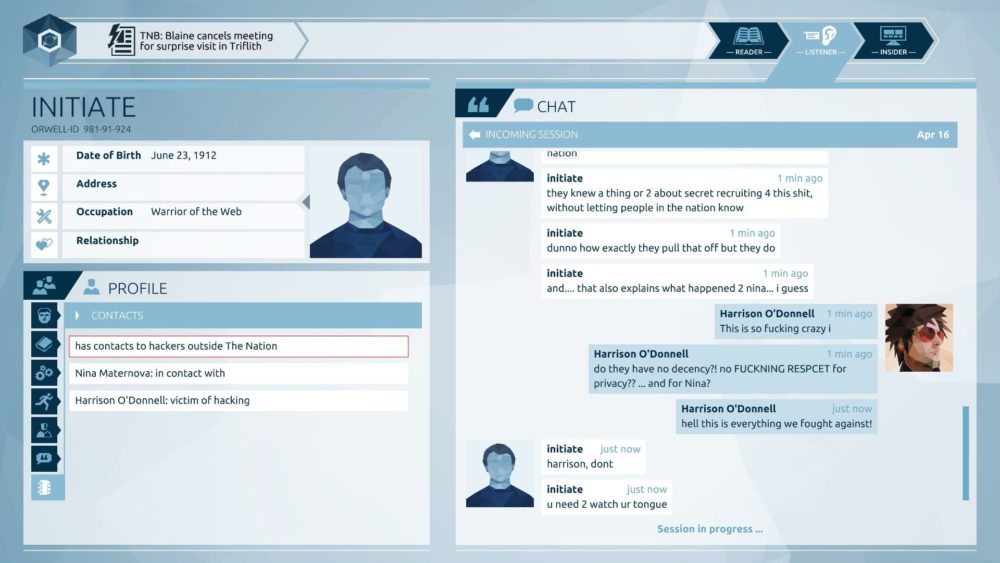A few days before departure for Los Angeles, direction E3 2017, we were invited by Big Ben interactive in Paris to attend BBWeek. It was a press event, in which it was possible to make a first contact with all the titles of the publisher line up, plus some hardware in terms of hardware.
Inside the title park was Oucast: Second Contact, the remake of the famous Outcast released in 1999, which is able to dramatically mark the gaming market thanks to an interesting gameplay combined with a highly respected sci-fi ecosystem. In 2017, the Appeal studio decided to resume the project, giving it a refreshment but, in the end, it is quite disappointing.
Outcast: Second Contact it is a copy of the original, all over and for all, except for a naturally refurbished graphics along with scratched scenes from scratch. We have tried it for you: here are our impressions.
There is a big problem in the philosophy of the Appeal Development Studio: the idea of proposing a game that is exactly the same as the original is likely to confine this Outcast remakein the same “forgetfulness” where the first game was over.
A place where only the fans still love to take refuge and which, on the other hand, moves away the neophytes, even the most curious ones. For those who have never played, let’s take a look at history: Cutter Slade, the protagonist, will come to a strangely unknown alien world where he will deal with the local population. The input is very simple, but the concept is really successful: the game world is well characterized, mixing completely natural environments with small agglomerates of alien technology.
The problems, however, are to be found in animations, in the AI and gameplay in general. All three aspects are evidently dated, starting with an artificial intelligence that is too easy to eliminate or evade.Outcas t puts the focus of exploration, gathering quests from the various npc scattered around the map (divided into three macro regions) and a progression of the standard character. To move from one area to the next we could use some very nice animals, a feature that gives a bit of variety.
To diversify action, we also think of the many and different weapon sets available to experiment with different approaches and gameplay techniques.
The enthusiasm, however, runs out when Outcast: Second Contactremoves all the structural constraints of a typical game of 1999, from low dynamism to action phenomena that are far too engrossing and rhythmic. The Appeal operation is therefore difficult to judge and place on the market today: an atypical remake, limited to the aesthetic part that can not give life to life; on the contrary, it is likely to discourage the very approach of a new type of user.




